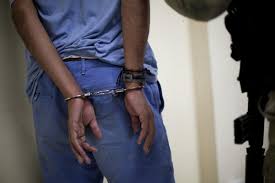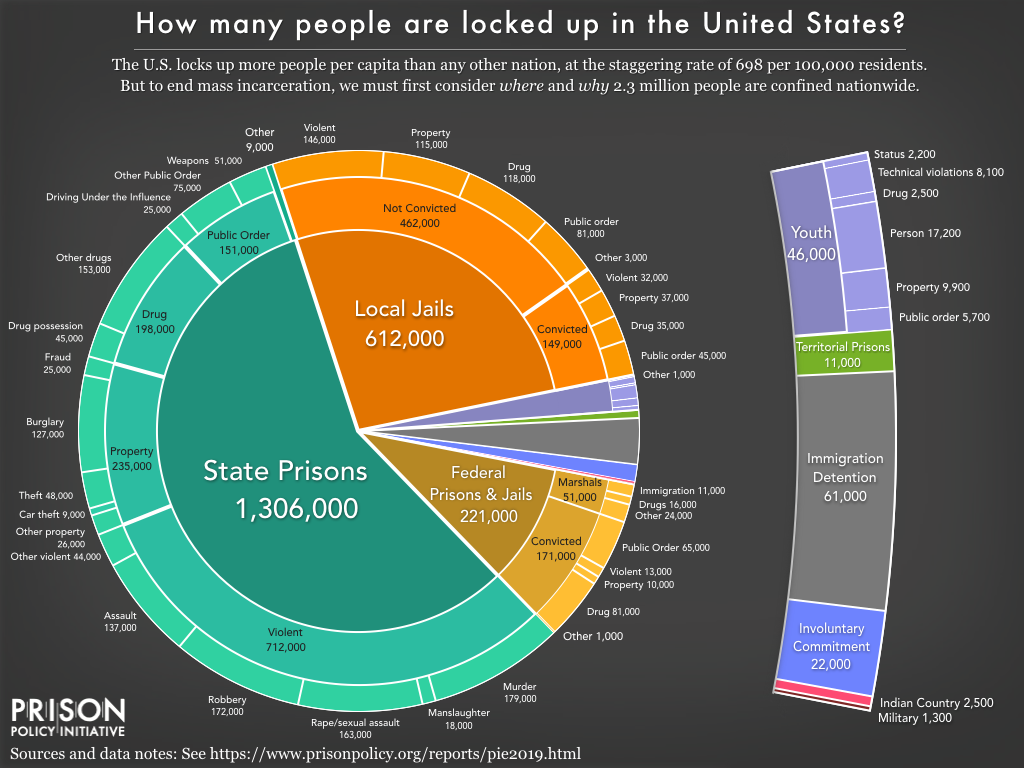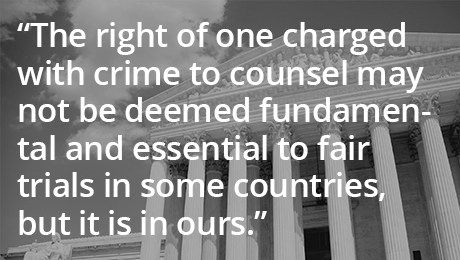Southwest Center for Equal Justice
Making the promise of equality a reality
EDUCATE | COLLABORATE | ADVOCATE
Our mission:
Eliminate systemic bias and disparate treatment in the criminal justice system toward persons of color, the economically disadvantaged and persons suffering from mental illness.
"Coconino County Arizona has the second highest arrest rate of all Arizona counties, well above the rate of arrests in the major metropolitan areas of Phoenix and Tucson. In 2021, Arizona had the eighth highest incarceration rate in the United States and the United States had the highest incarceration rate in the world."
"It can be inferred from these facts that Coconino County has one of highest incarceration rates in the world. And the people who are incarcerated are primarily men and women who are members of the Navajo, Hopi and other Native American tribes. In the County seat of Flagstaff, the arrest rate of Native Americans has consistently been ten times or more than that of Whites for more than half a century. With this study the authors explore the legitimacy of the official explanations for the disparities in arrest rates and conclude that the major drivers of these disparities are policies, practices and beliefs based on ingrained racial stereotypes and the selective enforcement of minor offenses of “public disorder” against Native Americans."
The criminal justice system has an overwhelming impact on persons and communities of color. Bias exists from the decisions made by law enforcement and prosecution through to sentencing and beyond. At each discretionary decision point the color of a defendant's skin and his or her cultural background are perceived by the decision maker and a choice is made. And that choice reflects the unconscious or conscious bias of the decision maker.
When it comes to criminal justice research and reform, Native Americans are the forgotten minority. While making up less than two percent of the total US population Native Americans are incarcerated at a rate that is 38% higher than the average incarceration rate for all racial groups. Native Americans are killed by police officers at the highest rate of any racial group, including Blacks. Fifty percent of Native American women have suffered a violent sexual assault and 96% of the assailants are non-Natives. While research and programs are earmarked for reservation and tribal law enforcement, the impact of local and federal criminal justice systems on Native Americans is almost completely overlooked.
Fines, fees, forfeitures and assessments. Surcharges on fines. Mandatory fines and fees. License suspensions. Private enterprises charging exorbitant rates for compliance with legal sanctions. All of these financial burdens are imposed on people least able to pay them. This unending cycle of debt poses insurmountable obstacles to impoverished persons, their families and their communities. Although poverty is not a crime it is treated that way in our system of criminal justice.

Despite the significant progress that has been made over 50 years after the decision, the promise of Gideon remains unfulfilled. The quality of criminal defense services varies widely across states and localities. Many defenders struggle under excessive caseloads and lack adequate funding and independence, making it impossible for them to meet their legal and ethical obligations to represent their clients effectively. The problems of mental illness and juveniles in our criminal justice system pose special difficulties for achieving fairness and justice.
In a mental health crisis, people are more likely to encounter police than get medical help. As a result, 2 million people with mental illness are booked into jails each year. Nearly 15% of men and 30% of women booked into jails have a serious mental health condition.
Twenty-six percent of all jail inmates and 14% of all prison inmates meet criteria of Serious Psychological Distress. Jails and prisons have replaced treatment centers as the mode of "dealing with" persons with mental illness. But jails and prisons are not suited for treatment of individuals experiencing mental illness, psychological trauma or cognitive disorders.
The official poverty rate in the United States in 2017 was 12.7% of the population. Over eighteen million people are in "deep poverty". More than half a million people are homeless in the United States. It is not supposed to be a crime to be poor, but anti-homeless ordinances, police harassment, and the petty policies of the "Broken Windows" theory of law enforcement all work to keep people in poverty and in custody.

The United States has the highest incarceration rate of any industrialized country. We put people in custody at a higher rate, for longer periods of time and have fewer programs and policies designed for rehabilitation than any European country. Mandatory sentencing, knee jerk passage of criminal laws, failure to analyze the long term impact of those policies, the imposition of custodial sanctions “in lieu of” payment of fines and fees, conscious and unconscious bias, the criminalization of poverty and mental illness and public order policing have created a huge chasm between the haves and the have nots-and the have nots end up in custody.













